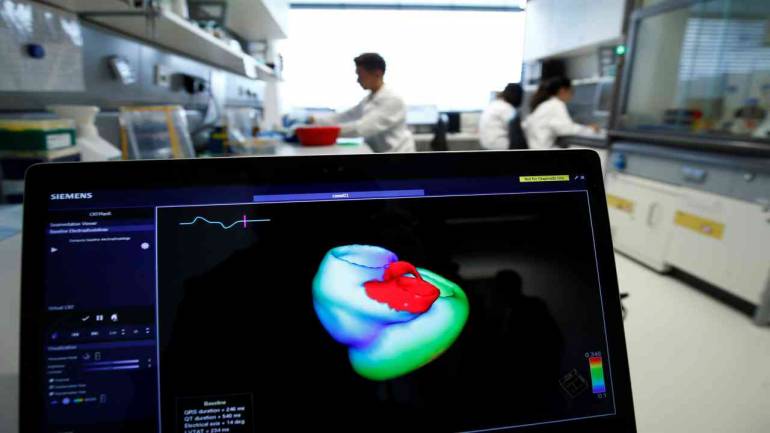Venture Catalysts to invest $10-15 million in early stage health startups

Venture Catalysts, India’s first integrated incubator that backed companies such as OYO Rooms in early stages, said it plans to invest around $10-$15 million in 8-10 early stage healthcare startups in coming three years.
Venture Catalysts so far invested around $5 million in four health startups such as Impact Guru (crowdfunding platform), Hospals (Medical tourism aggregator), Assure Clinics (chain of skin and hair clinics), and WonDRx (prescription digitising firm).
Wallfort, the parent company of Venture Catalysts will soon launch Rs 300 crore early-stage venture capital fund for the purpose.
Accelerator for health startups
On March 25, Venture Catalysts announced a tie-up with UK-based health-focused innovation platform Well Tech to launch its first-ever accelerator programme for Indian startups focussing on healthcare.
The program called Healthcare Catalysts will help early-stage Healthtech start-ups to scale up and serve millions of more patients and customers.
The program will provide Healthtech start-ups with access to capital, industry partnerships, and product and technology support along with helping them scale to new markets.
The areas of focus would be new models of care, chronic disease management, workforce training, mental health, maternal and child health, AI and machine learning and biotechnology.
The selected start-ups will be offered funding opportunities ranging from $0.5 million-1.5 million, along with being assisted in conducting Seed and Series A funding rounds.
Flowing VC money
A report by Traxn Technologies last year noted that VC investment in health tech startups had grown to an all-time high in 2018 with over $510 million invested across 80 startups. This is up significantly from $163 and $343 million in 2016 and 2017, respectively.
Practo, Cure.fit, Netmeds and SigTuple are among the startups that have raised millions of dollars in investment.
“HealthTech is one of the most promising emerging segments with a lot of potential, specifically in a country such as India that has a poor health infrastructure framework,” said Apoorv Ranjan Sharma.
“The programme has been initiated to facilitate such a vision, and aims to cater to the best start-ups in the domain, giving them access to not only the massive national market but also allowing them to develop, redesign and alter their product or business model to best fit international demands,” Sharma added.
“The program is differentiated by deep clinical expertise powered by serious technical capabilities and commercial expertise across international markets, which will benefit the selected start-ups immensely,” said Dr Niti Pall, Chief Medical Advisor, Well Tech.
[“source=moneycontrol”]